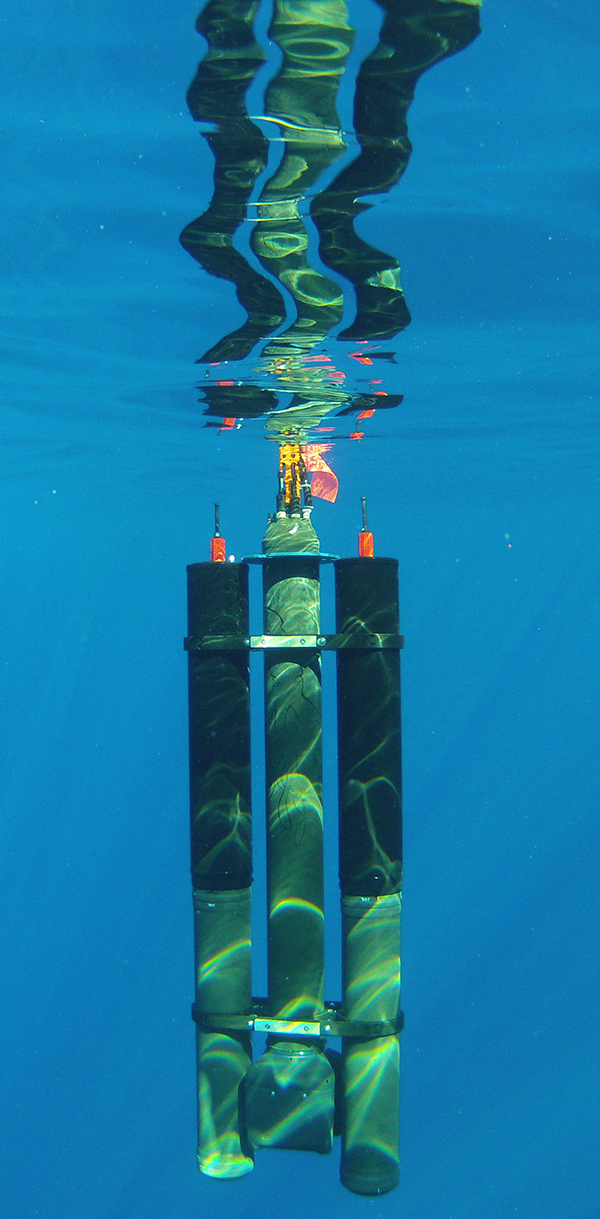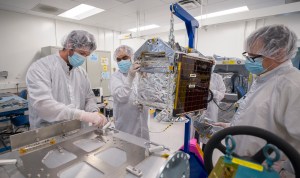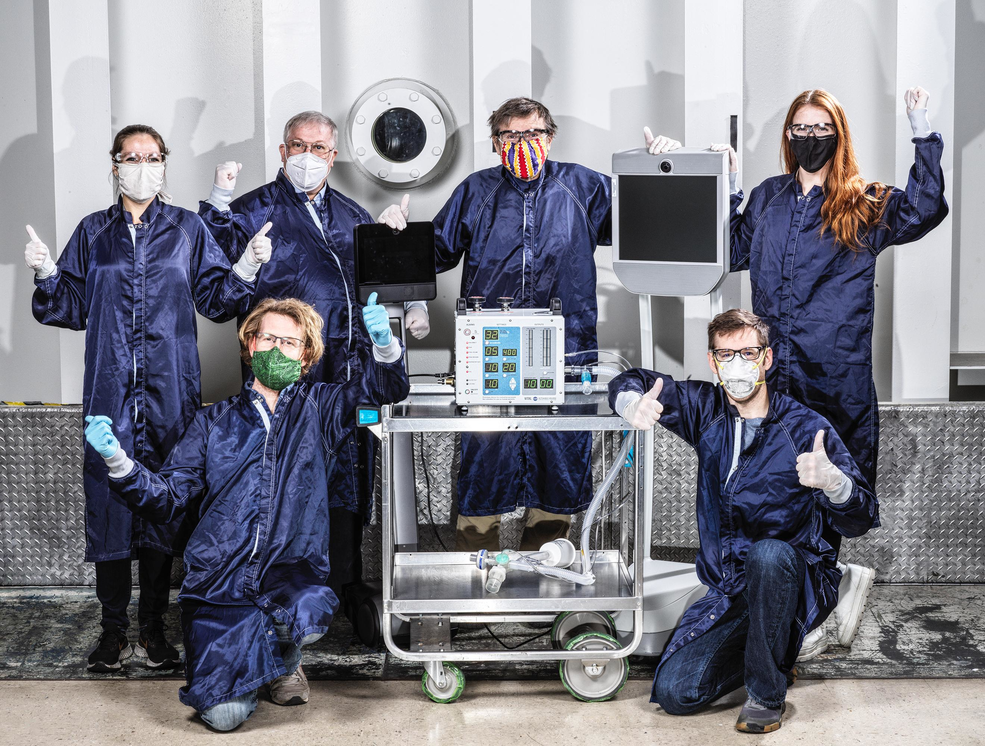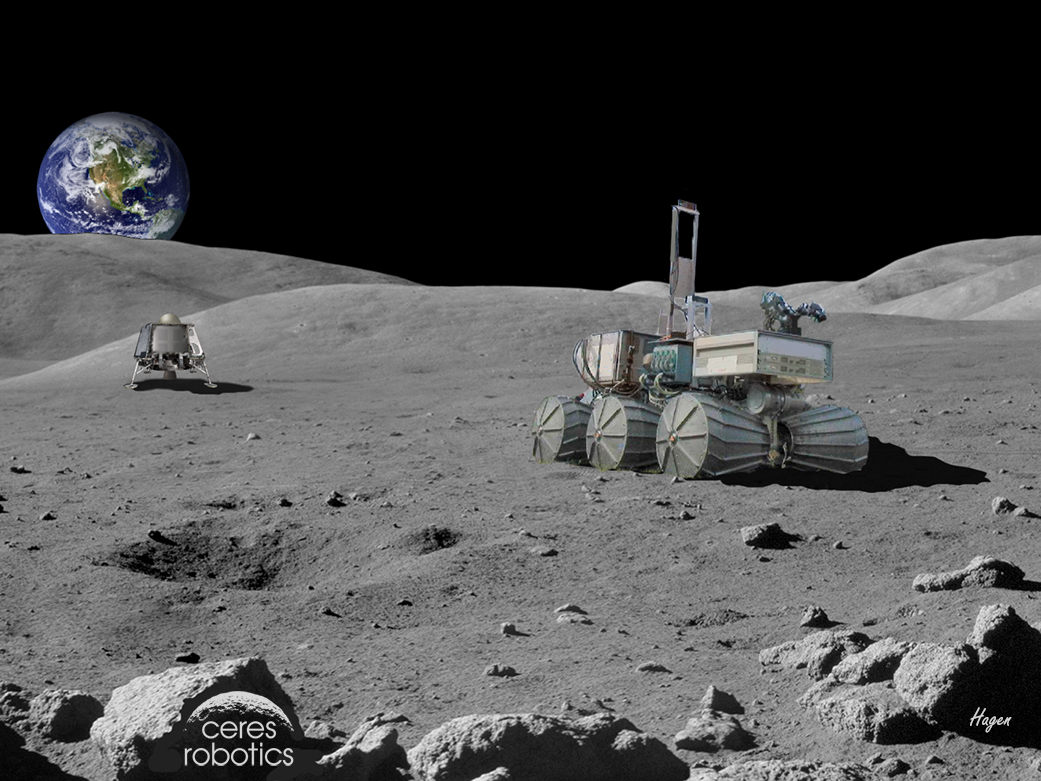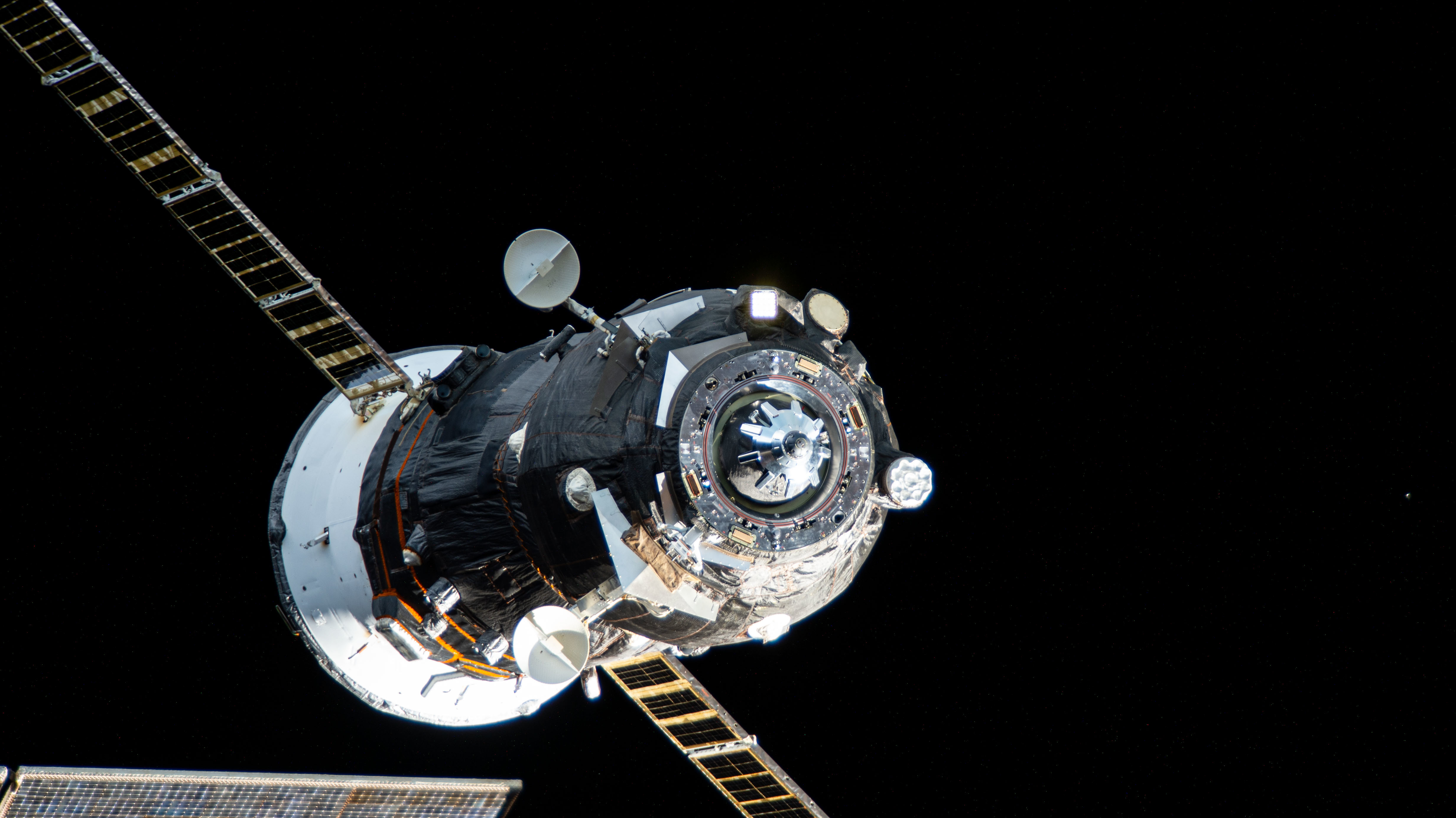New Energy Source Powers Subsea Robots Indefinitely
Power modules driven by ocean temperatures save money, reduce pollution

2 min read
Preparations for Next Moonwalk Simulations Underway (and Underwater)
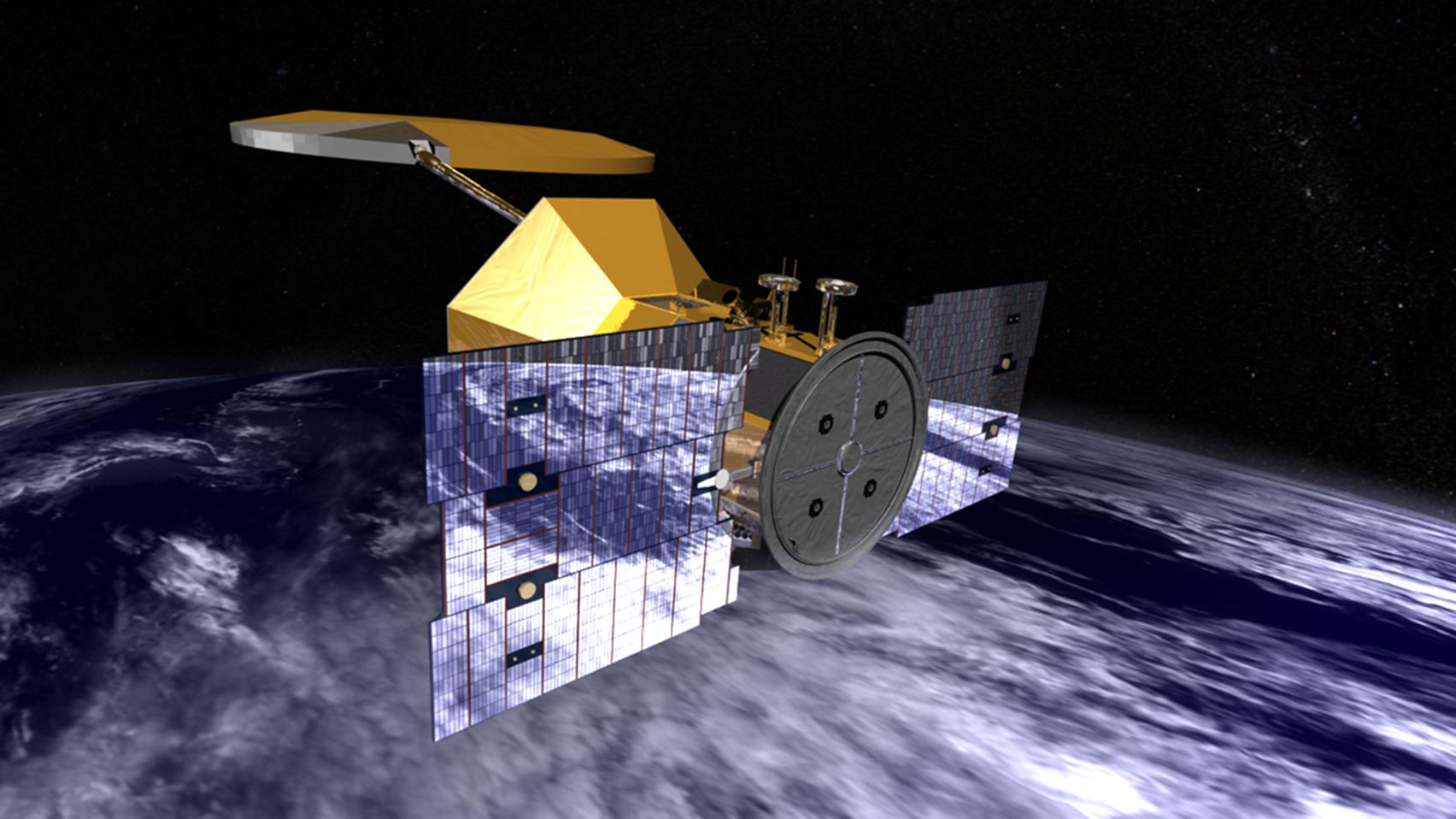
No one has mapped more territory than NASA. The agency not only charts stars and other planets but also maps Earth from orbit. Now a NASA invention could let robots map our planet’s entire seafloor, helping to unlock resources while protecting habitats. The sonar devices for such an operation are not new, but they’re hampered by battery limitations.
As an engineer at NASA’s Jet Propulsion Laboratory in Southern California, Yi Chao learned about those limitations firsthand. He worked on studying the ocean from space and was the project scientist for the Aquarius satellite mission measuring ocean salinity. The satellite’s instruments were calibrated with sensors that had to be distributed across the oceans. He found that a major constraint to monitoring oceans is the battery life of subsurface sensors, which can’t rely on solar energy. When their batteries die, they’re either left dead in the water or recharged by ship at great expense.
With two JPL colleagues, Chao set out to design a solution. The power modules they developed are based on what’s known as a phase-change material, in this case a paraffin-family substance with a melting point about 50°F – between typical deep-ocean and surface temperatures. As a device rises to the surface to transmit data, the material melts and expands, turning a motor that charges the battery. It’s the same concept as a steam engine, but changing from solid to liquid brings about a 10% expansion, so the trick was to make the device efficient enough to operate on that tiny bit of energy.
Chao then licensed the invention and founded Seatrec Inc. of Vista, California. The company sells its SL1 power module to research labs, universities, government researchers, and the military. Chao noted that many entities, including offshore drillers, wind farm developers, the military, and environmentalists, are interested in mapping the 80% of the seafloor that remains uncharted.
Share
Details
Related Terms
What's Your Reaction?





























